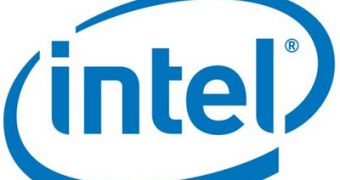Though still not exactly number one, Intel seems to have risen to seventh place on Interbrand's ranking of the world's best global brand list, after much effort put into self-advertising and dropping certain other brands to enforce its own.
Each year, Interbrand compiles its findings and publishes a top 100 list of the best brands in the world, regardless of the industry segment they exist in.
This year, the top position is held by Coca Cola, which is worth more than $70 billion, followed by IBM, Microsoft, Google and General Electric.
Intel has ranked seventh place, with its brand valued at $32 billion, corresponding to an on-year increase of 4%.
Intel managed to raise the value of its brand over the past few years through several means, one of which being a significant amount of self-advertising.
Another method came in the form of discarding certain brands in order to add more weight to its own, as was the case with the Centrino trademark.
This let the various Intel-powered laptops and desktops directly promote the Intel logo and not others, effectively increasing its value with each shipment.
“In a year that saw many companies pull back, Intel stayed the course, committing billions of dollars to new and updated manufacturing facilities, which accelerated the rollout of new processors,” reads a statement from Interbrand.
“It looked for ways to expand the business in two directions: moving beyond the PC and server markets [by] launching chips for everything from mobile phones to smart TVs, and creating ways to help its partners improve their businesses via an app store and the creation of an applications developer program," the statement adds.
“2010 was the beginning of a long road back towards economic recovery,” said Jez Frampton, group chief executive at Interbrand.
“From real-time customer feedback through social media to increased transparency about corporate citizenship, brands were faced with a profound change in the way they relate to customers and demonstrate their relevance and value,” he added.
“Despite this new paradigm of brand management, the advantages of building a solid brand remain the same,” Frampton concluded.

 14 DAY TRIAL //
14 DAY TRIAL //